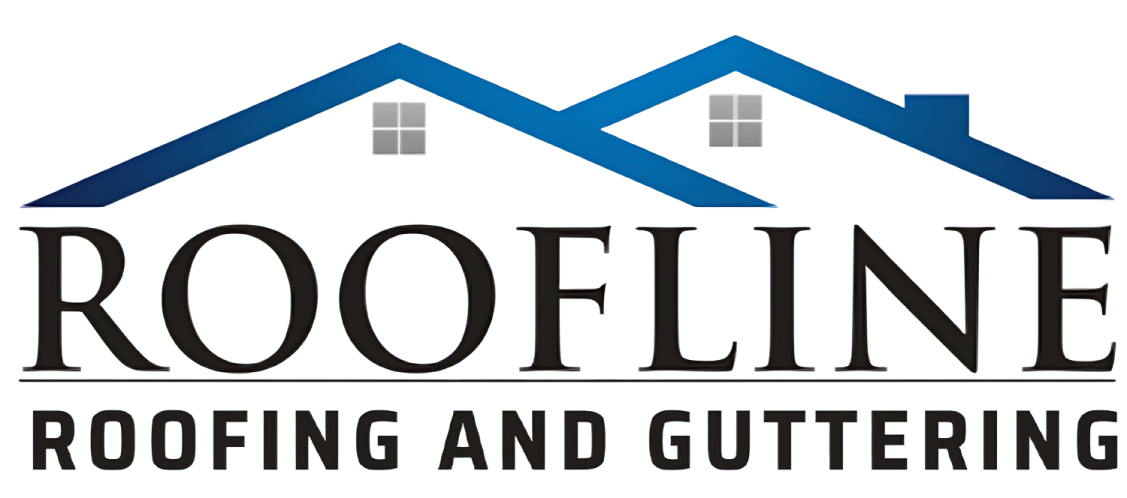The dry ridge system has become a popular roofing choice across the UK. Unlike traditional mortar-based ridges, it uses mechanical fixings to secure ridge tiles in place, offering better ventilation and long-term durability. However, no roofing system is without issues. Understanding dry ridge system problems helps homeowners spot warning signs early and ensures timely repairs before serious damage occurs.
What Is a Dry Ridge System?
A dry ridge system secures ridge tiles with screws and clamps instead of mortar. Beneath the tiles, a breathable membrane allows ventilation, helping to reduce condensation in the roof space. The system is designed to last longer than traditional mortar, which often cracks and needs frequent repointing.
Despite its benefits, improper installation or neglect can cause problems over time.
Common Dry Ridge System Problems
1. Poor Installation
Most issues with dry ridge systems occur because of incorrect fitting. If the system is not aligned properly or fixings are not tightened securely, ridge tiles may become loose. This not only looks unsightly but also creates a safety risk during high winds.
2. Inadequate Ventilation
A key benefit of dry ridge systems is built-in ventilation. However, if the underlay or vent roll is not installed correctly, airflow can be restricted. This leads to condensation in the loft, which may cause damp, mould, and timber decay.
3. Storm and Wind Damage
Although dry ridge systems are designed to withstand UK weather, severe storms can still cause problems. If fixings loosen or clips snap under pressure, ridge tiles may shift or detach. High winds put additional stress on poorly installed systems.
4. Leaks Around Ridge Line
If the waterproof membrane beneath the ridge tiles becomes damaged or was not fitted correctly, water may seep into the roof space. Leaks around the ridge line often go unnoticed until damp patches appear inside the property.
5. Compatibility Issues
Not all roofing tiles and pitches are suitable for every dry ridge system. Using the wrong components or mixing different manufacturers can result in gaps, poor sealing, and eventual failure.
6. Ageing Components
Over time, even mechanical systems wear down. Plastic clips and membranes may degrade under constant UV exposure, leading to loosening or cracking. While dry ridge systems last longer than mortar, they still require periodic inspection.
Signs Your Dry Ridge System Has a Problem
Homeowners should look out for these warning signs:
- Loose or rattling ridge tiles during windy weather
- Visible gaps between ridge tiles
- Damp marks on ceilings near the roof ridge
- Moss growth or debris blocking ridge ventilation
- Missing or broken fixings spotted from the ground
If you notice any of these, it’s important to arrange an inspection before the problem worsens.
Preventing Dry Ridge System Problems
Many issues can be avoided with the right approach:
- Hire Experienced Roofers: Ensure the system is installed by professionals familiar with UK roofing standards.
- Choose Quality Components: Always use manufacturer-approved kits for your roof type.
- Schedule Regular Inspections: Have your roof checked every couple of years, especially after storms.
- Clear Debris: Keep gutters and ridgelines clear to maintain airflow and prevent water build-up.
Repair and Maintenance Options
If problems do occur, solutions often include:
- Replacing broken or missing fixings
- Reseating loose ridge tiles
- Repairing or replacing the vent roll membrane
- Installing a new system if existing components are no longer reliable
Most repairs can be carried out without replacing the entire roof, making them a cost-effective option.
Final Thoughts
Dry ridge systems are a durable and modern alternative to traditional mortar, but like all roofing systems, they are not free from issues. The most common dry ridge system problems come from poor installation, storm damage, and neglected maintenance.
By recognising the signs early and working with qualified roofers, homeowners can resolve issues quickly and extend the lifespan of their roof. Regular inspections and proper installation are the best ways to keep your dry ridge system secure, weatherproof, and problem-free.
